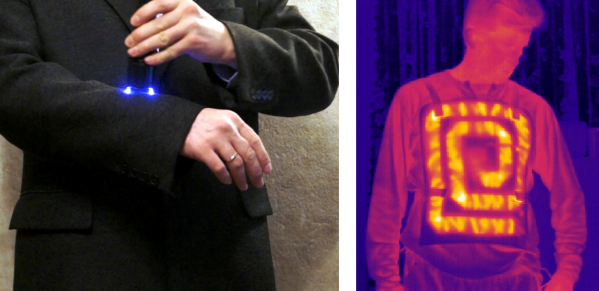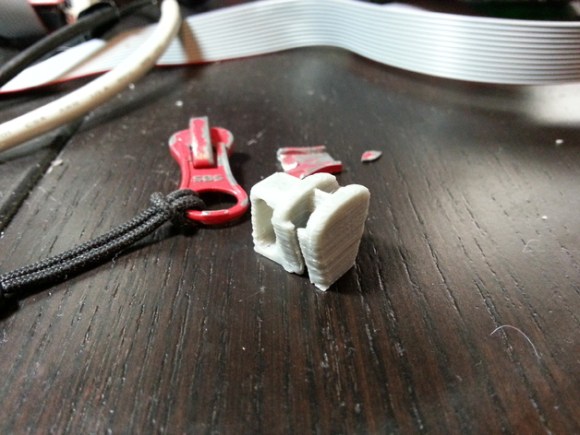
Whether you have shaky hands when working on tiny components, or just need more control and flexibility, we think this “third hand” gripper using coolant hose is an ingenious solution compared to the little metal ones you can buy.
Not surprisingly this isn’t an original idea. In fact, Sparkfun actually sells it as a kit. That being said… it’s rather expensive — especially when you can build [Frank Zhao’s] version for less than $15.
He’s using a cutting board, three machinery style coolant hoses, and a handful of fasteners from the hardware store. You can use the accessories from a regular metal third hand, but [Frank] also shows us how to recreate them using a few washers, some steel strapping, and a wing nut and bolt.
[Mr. Zhao] is no stranger to Hack a Day either — we’d almost call him an inadvertent contributor we’ve shared so many of his hacks! Just take a look at his tiny USB business card, his awesome LED pocket watch, a detailed reflow oven build, or even his IR based augmented reality setup.
[Thanks Keith!]
















